- Home
- Succulents
- Pachyphytum
- Pachyphytum hookeri
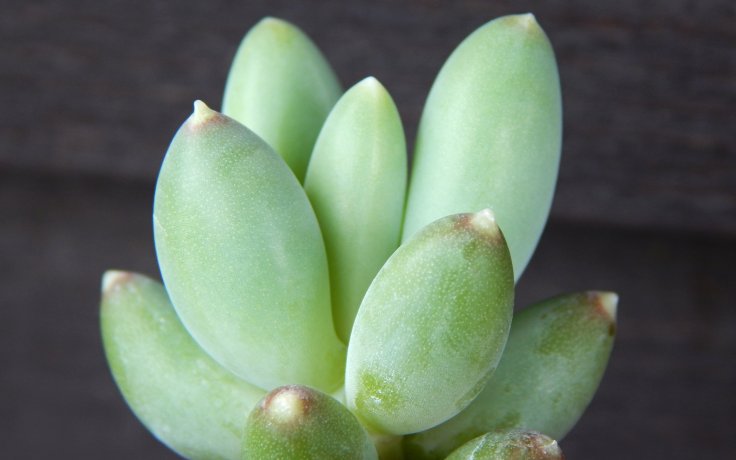
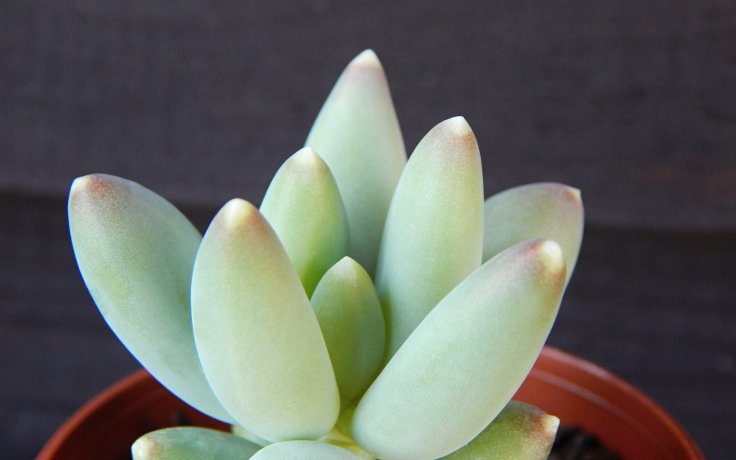
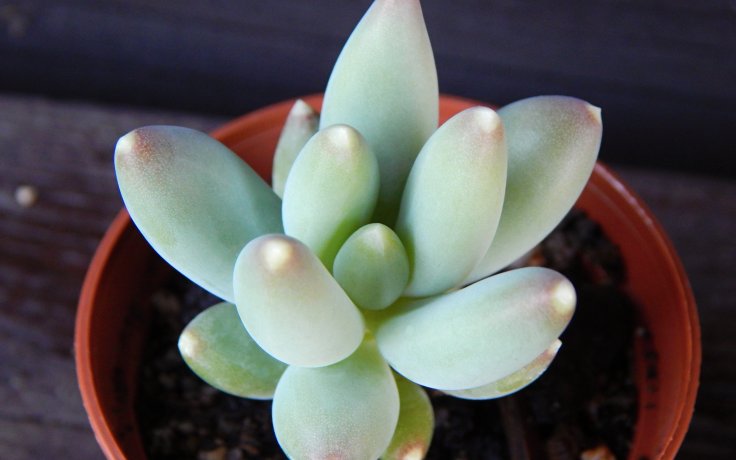
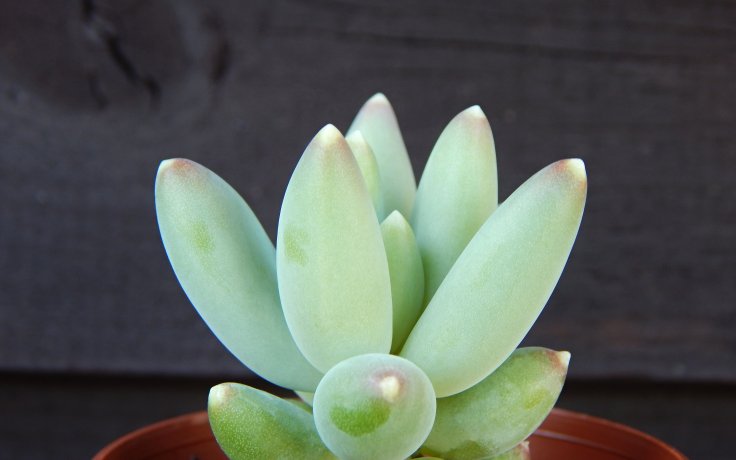
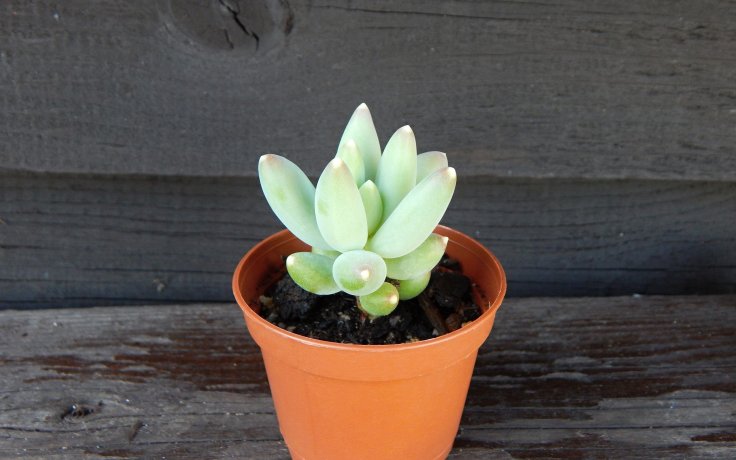
Pachyphytum hookeri
The plant likes a sunny habitat, but can tolerate partial shade. The succulent prefers summer.
Always water a few days after the substrate has dried out. Reduce watering in winter.
It can tolerate -1.1 °C in the short term. The plant is not hardy.
This succulent was first described by the botanist and collector Prince Joseph Salm-Dyck. This was in 1854.
Pachyphytum hookeri, formerly known as Pachyphytum rzedowskii, is native to Mexico. It is found here on rocky cliffs in the San Luis Potosi, Aguascalientes, Guanajuato and Jalisco regions, at altitudes between 2 000 and 2 500 m above sea level. It was first described in 1854 by the renowned botanist and collector Prince Joseph Salm-Dyck. The generic name 'hookeri' is a tribute to Sir William Jackson Hooker, cactus and succulent expert and Director of Kew Botanic Gardens, London.
The leaves, in shades of green, grey-brown or sometimes reddish, have differently coloured leaf tips and when grown in full sun the leaf surface becomes covered with a thick waxy coating. The individual leaves are first folded into ground rosettes, later the stem grows and shaves and the rosettes are found only at the top of the stems. The plant has few rhizomes. The stems of Pachyphytum hookeri grow erect or prostrate. They grow to a height of 30 cm.
The flowers of this succulent beauty are tubular to bell-shaped and bloom in spring.
Pachyphytum hookeri is easily propagated by single leaves. To maintain a compact appearance, I recommend rejuvenating by cutting when the stem becomes too bare from the bottom. With its attractive appearance and low maintenance, it will become a showpiece in any interior or garden.